~up to 100% effective against buckthorn regrowth
~use of glyphosate is cheaper and less hazardous than many herbicides
~very minimal amount of herbicide is used
~roots die but remain in soil to stabilize against erosion
~buckthorn removal is completed much faster than with a wrenching tool
~avoids soil disturbance to minimize future weed germination
To begin, refer back to the winter identification techniques in my previous blog segment to be confident you are removing buckthorn versus native plants. Have 18-20% strength glyphosate on hand. Glyphosate is a non-selective herbicide sold under the brand name RoundUp and various generic brands.
NOTE: Suspend use of glyphosate between May and July when the cambium transports energy upward for leaf development.
< class=”mceTemp”>Glyphosate is colorless without the addition of indicator dye. Use of indicator dye will show what areas have been treated. Missing a small section of the cambium during cut-stump treatment may result in buckthorn resprouts. I add ½-1 tsp. of concentrated water soluble indicator dye before filling my Buckthorn Blaster® with glyphosate.
< class=”wp-caption-dt”>









